The World Of USA Coins | Penny Nickel Dime Quarter
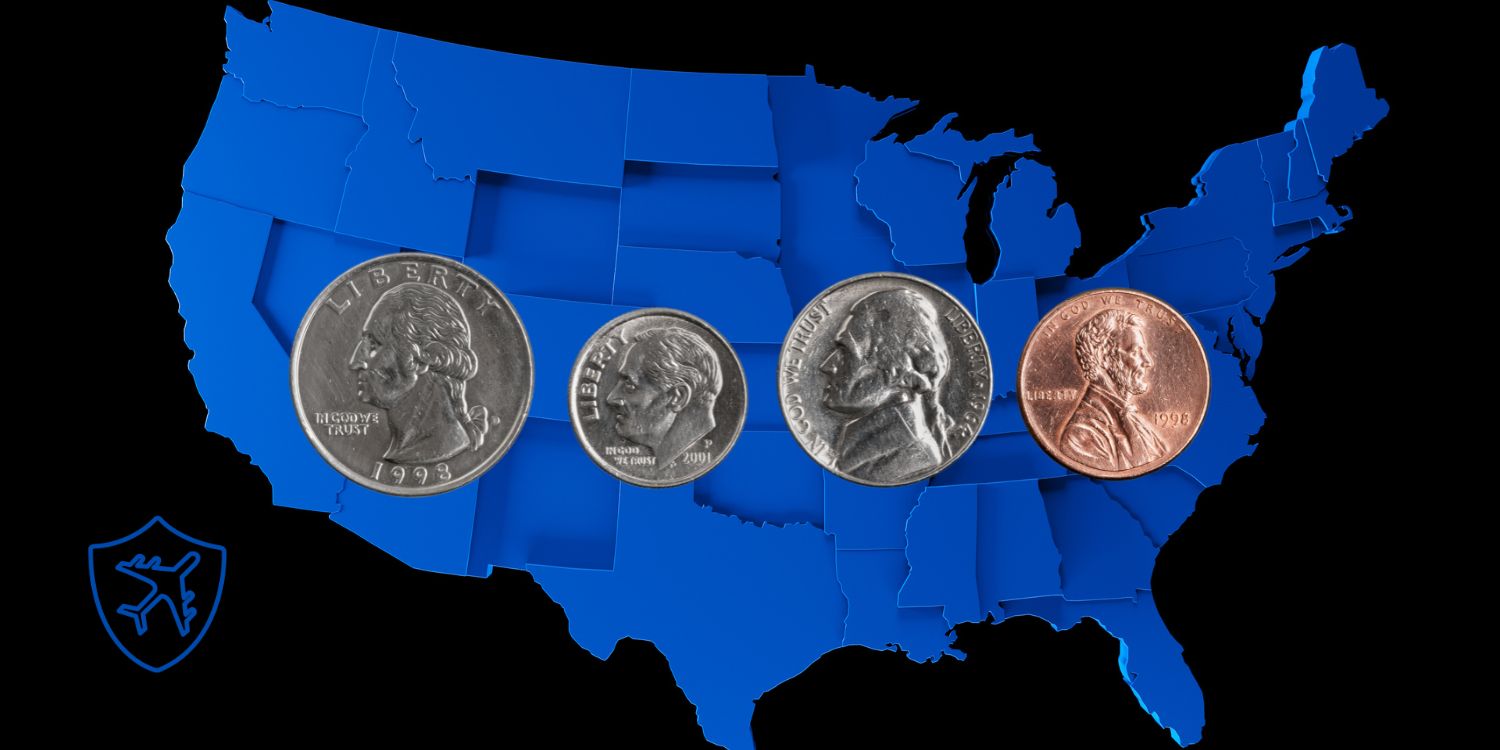
USA Coins play a crucial role in daily transactions, and understanding their denominations, designs, and values is essential for anyone traveling to the United States. From the iconic penny to the quarter, each coin carries its history and significance, reflecting the nation’s rich heritage.
As you prepare for your journey, familiarizing yourself with USA Coins will ensure you can confidently engage in the vibrant culture and commerce of the United States. Let’s delve into the fascinating world of USA coins currently in use.
Common Circulating USA Coins:
Common circulating coins in the United States are frequently encountered in everyday transactions and are widely circulated.
Circulating coins are coins that the United States Mint produces for everyday transactions. The four most common circulating coins are the penny, nickel, dime, and quarter. each worth a different amount of money
These United States coins, ranging from the smallest denomination to larger values, are essential in facilitating commerce and represent various aspects of American history and culture.
NOTE: The collector’s versions of circulating coinage are included as part of the United States Mint’s annual coin sets.
Here Are The Most Common USA Coins:
USA Coins Penny (1 cent):
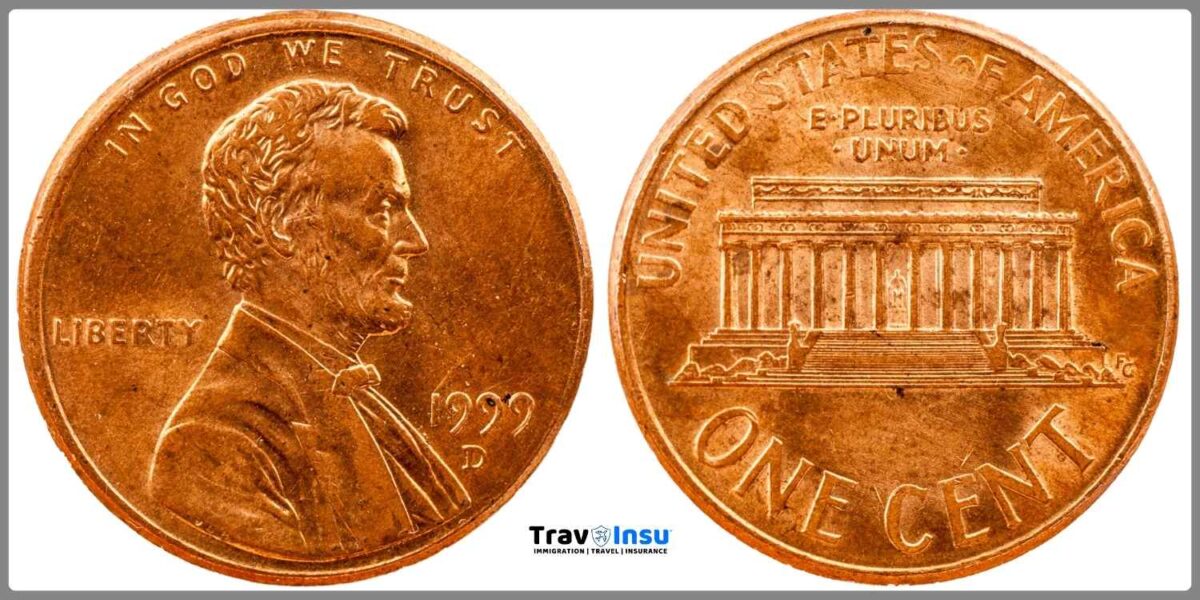
The penny, or one-cent coin, features Abraham Lincoln on the obverse and the Lincoln Memorial on the reverse. It is the most abundant and widely circulated coin in the United States.
The Lincoln Penny (1 cent):
Perhaps the most recognizable of all American coins, the Lincoln penny honors the 16th President of the United States, Abraham Lincoln. With its depiction of Lincoln on the obverse and the majestic Lincoln Memorial on the reverse, this coin has become a symbol of national identity and unity.
USA Coins Nickel (5 cents):
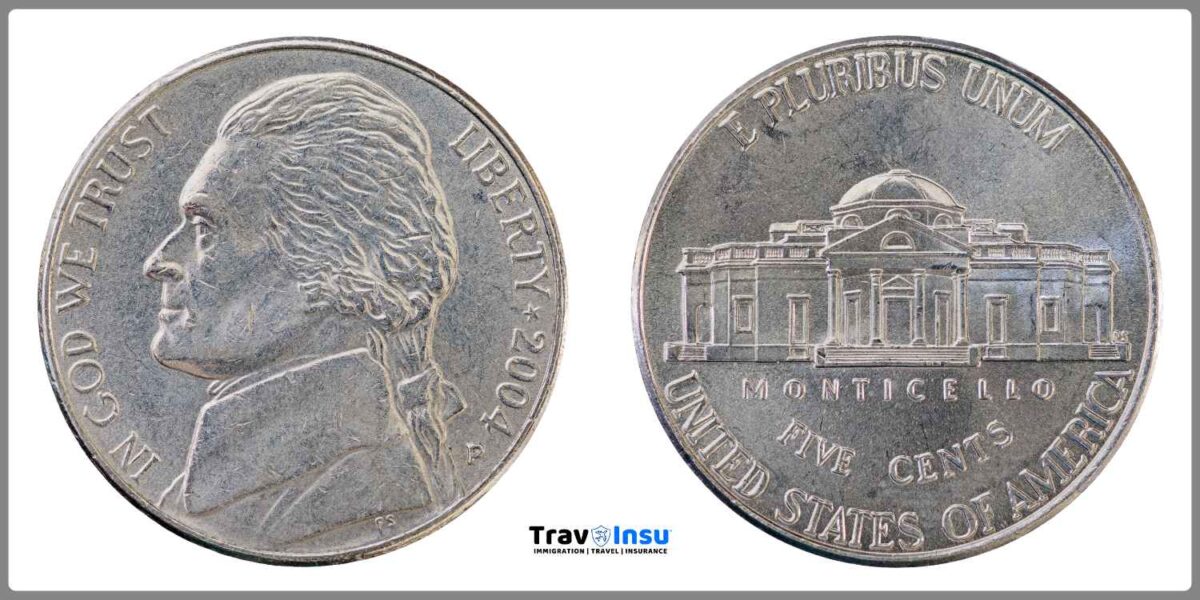
The nickel, or five-cent coin, depicts Thomas Jefferson on the obverse and Monticello, Jefferson’s Virginia estate, on the reverse. It is commonly used in everyday transactions.
The Jefferson Nickel (5 cents):
Featuring Founding Father Thomas Jefferson on the obverse and his beloved Monticello estate on the reverse, the Jefferson nickel showcases the enduring legacy of one of America’s most influential figures.
USA Coins Dime (10 cents):
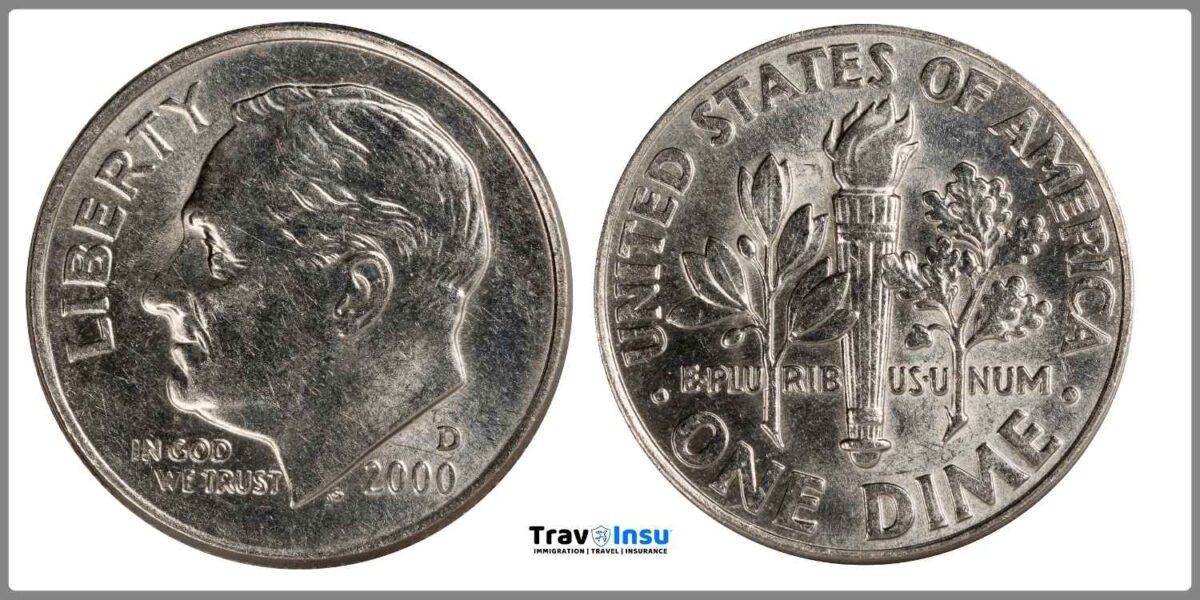
The dime, or ten-cent coin, bears the image of Franklin D. Roosevelt on the obverse and an olive branch, torch, and oak branch on the reverse. It is smaller in size compared to other circulating coins and is often used in vending machines and for small purchases.
The Roosevelt Dime (10 cents):
President Franklin D. Roosevelt graces the obverse of the dime, symbolizing his leadership during challenging times in American history. The reverse design, featuring an olive branch, torch, and oak branch, serves as a poignant reminder of Roosevelt’s vision for peace, freedom, and prosperity.
USA Coins Quarter (25 cents):
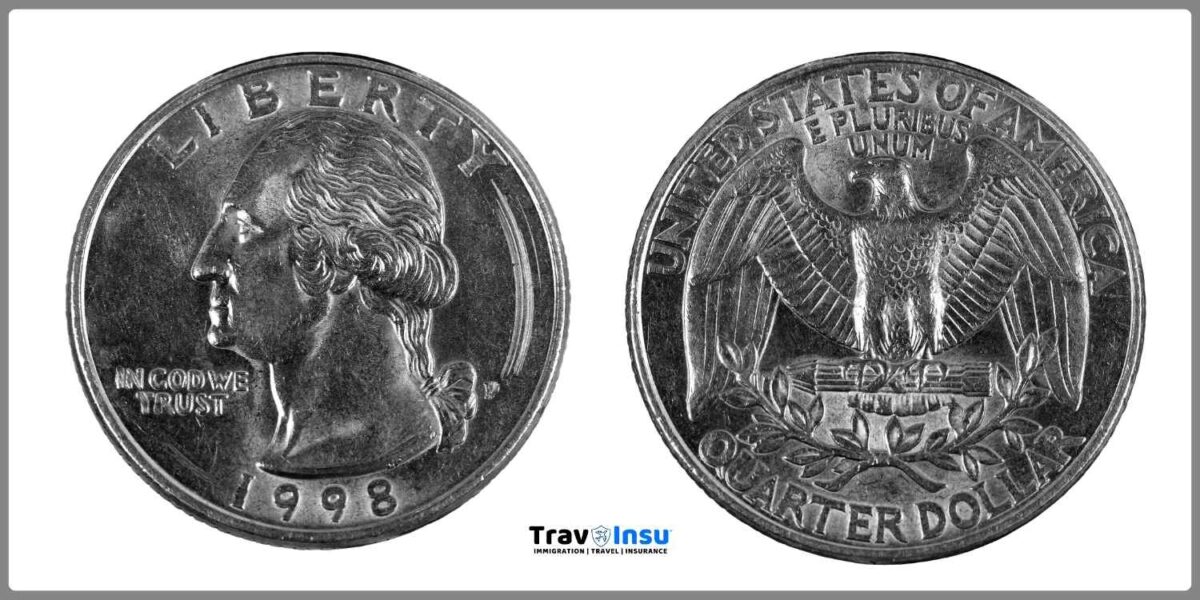
The quarter-dollar coin features a profile of George Washington on the obverse and various designs on the reverse, including state quarters, national park quarters, and the America the Beautiful series. Quarters are widely used in vending machines, parking meters, and laundry services.
The Washington Quarter (25 cents):
The Washington quarter pays tribute to the nation’s first president, George Washington, with his portrait adorning the obverse. The reverse design has evolved over the years, featuring iconic images such as state emblems, national parks, and historic landmarks.
What Is The Difference Between USA Coins Penny, Nickel, Dime, And Quarter In The United States
In the United States, the penny, nickel, dime, and quarter are all circulating coins of different denominations, each with its value and characteristics.
They are all units of a Dollar:
- 100 pennies = $1 = $0.01
- 1 Nickle = 5 Pennies = 1/20 Dollar = $0.05
- 1 Dime = 10 Pennies or 2 Nickels = 1/10 Dollar = $0.10
- 1 Quarter = 25 Pennies or 5 Nickels = 1/4 Dollar = $0.25
How To Tell Common Circulating Coins Without Looking At It:
- As per the size – from smallest to the largest: Dime, Penny, Nickel, Quarter
- As per thickness: Nickels are the thickest circulating coins
- As per thinnest: Dimes are the thinnest circulating coins
- As per rigid edges: Dimes and quarters circulating coins have rigid edges
- As per smooth edges: Pennies and Nickels circulating coins have smooth edges
The Value Of Each Circulating Coin:
- A Penny is worth 1 cent
- A Nickel is worth 5 cents
- A Dime is worth 10 cents
- A Quarter is worth 25 cents
What Can Visitors Do With Excess USA Coins When Returning Home?
When returning to their home country from America and left with excess American coins, visitors have several options to manage them effectively.
- One approach is to exchange the coins at a currency exchange kiosk or bank before departing. Many airports and tourist areas offer this service, allowing travelers to convert their remaining coins into their home currency.
- Alternatively, visitors can use their remaining American coins to make small purchases at duty-free shops, vending machines, or other retail outlets in the airport.
- Additionally, some travelers choose to keep a small collection of American coins as souvenirs or mementos of their trip, while others may donate their coins to charitable organizations or leave them as tips for service staff.
Whatever the choice, there are various ways for visitors to handle their excess American coins before returning home.
Circulating USA Coin Collectibles
Circulating USA coin collectibles are coins that are commonly found in circulation but hold value beyond their face value due to their rarity, condition, or historical significance. Collectors seek out these coins to add to their collections, often to complete sets or find specific rare varieties. Here are some examples of circulating coin collectibles:
NOTE: Half-dollar and $1 coin collectibles are produced as collectibles and may be used as legal tender
Half Dollar (50 cents):
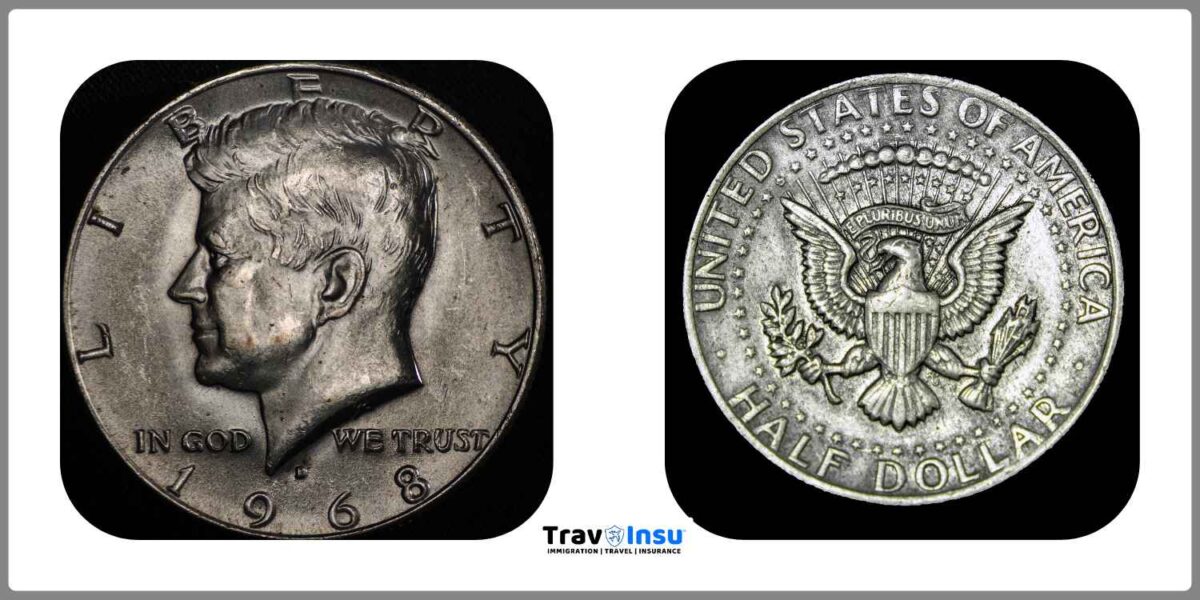
The half-dollar, or fifty-cent coin, honors President John F. Kennedy on the obverse and features the presidential coat of arms on the reverse. While less common in circulation, half dollars are still occasionally used in transactions.
The Kennedy Half Dollar (50 cents):
The Kennedy half dollar, minted in honor of President John F. Kennedy after his tragic assassination in 1963, captures the spirit of a nation in mourning. With Kennedy’s profile on the obverse and the presidential coat of arms on the reverse, this coin remains a poignant symbol of hope and resilience.
Dollar Coin ($1):
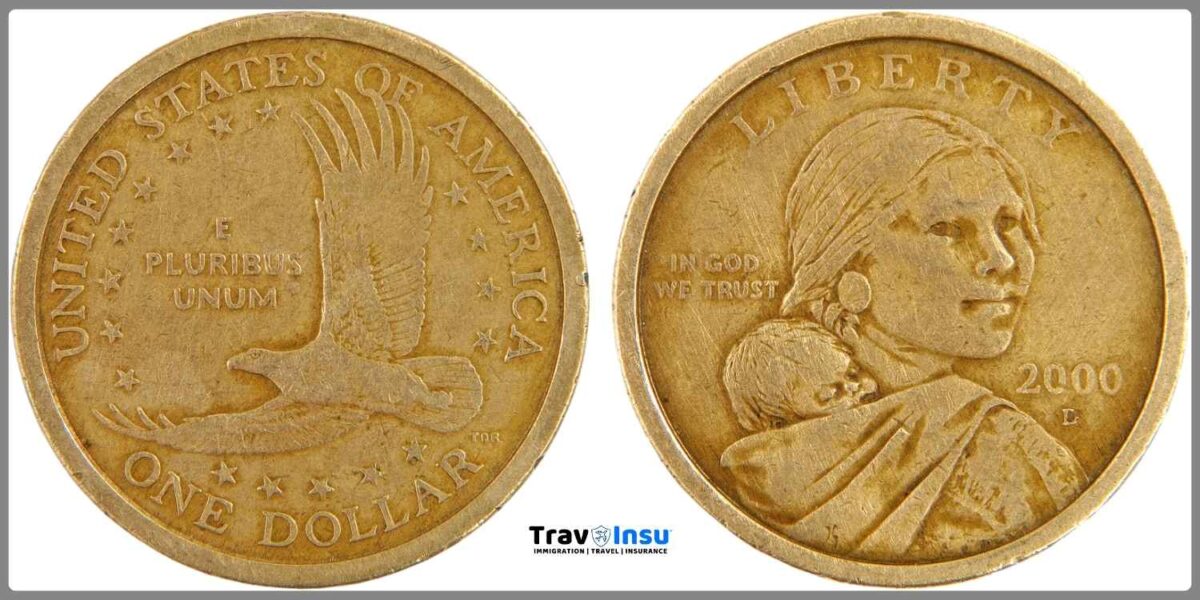
Dollar coins come in various designs, including the Sacagawea dollar, the Presidential dollar series, and the Native American dollar series. These coins are less commonly used in everyday transactions but are still circulated by banks and vending machines.
The Sacagawea Dollar ($1):
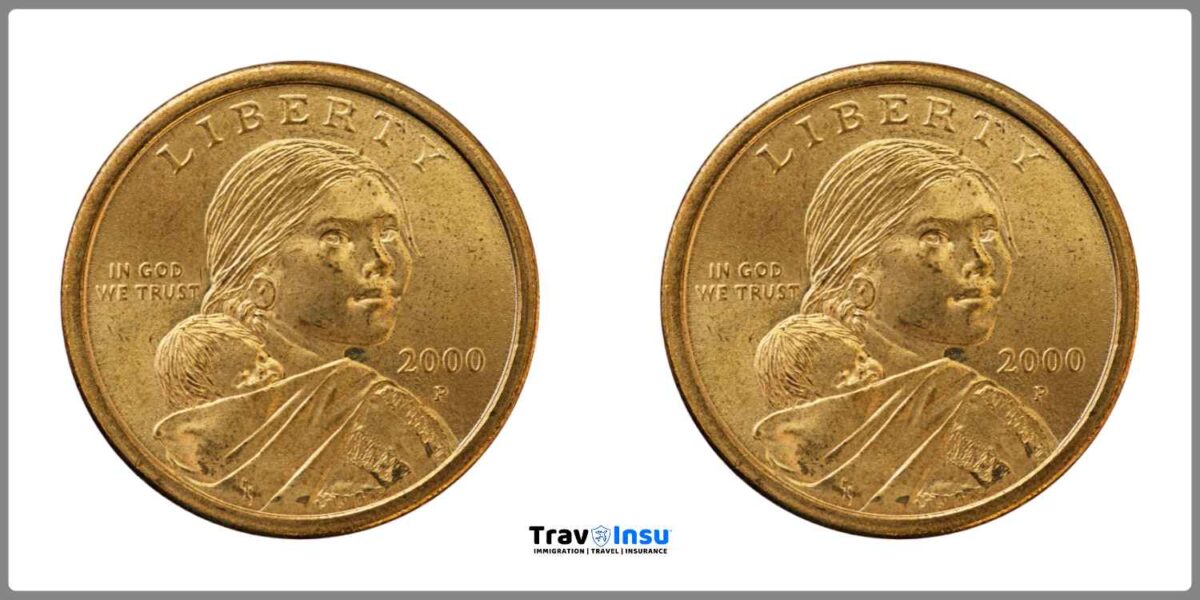
The Sacagawea dollar pays homage to the Shoshone woman who played a crucial role in the Lewis and Clark expedition. With Sacagawea depicted on the obverse and various thematic designs on the reverse, this coin celebrates the contributions of Native Americans to American history and culture.
These common coins are integral to everyday commerce in the United States, facilitating transactions of various sizes and serving as tangible symbols of American history and identity.
The Presidential Dollar ($1):
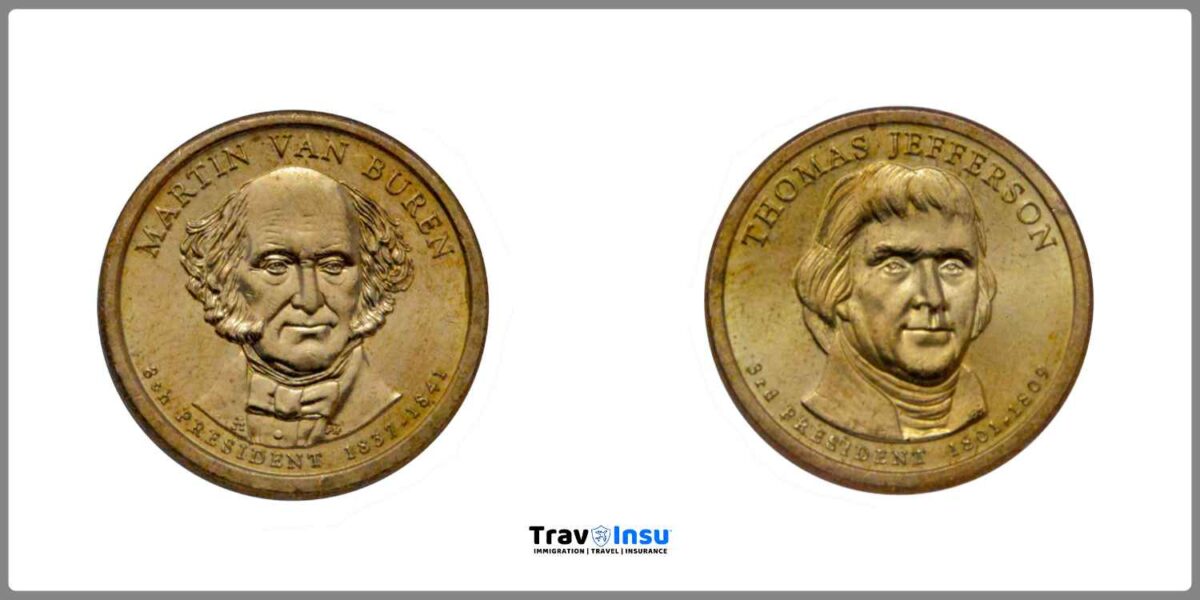
The Presidential dollar series immortalizes America’s past leaders, with each coin featuring a different president on the obverse and thematic imagery on the reverse. From George Washington to Ronald Reagan, these coins offer a glimpse into the diverse tapestry of American leadership.
American Eagle Bullion Coins:
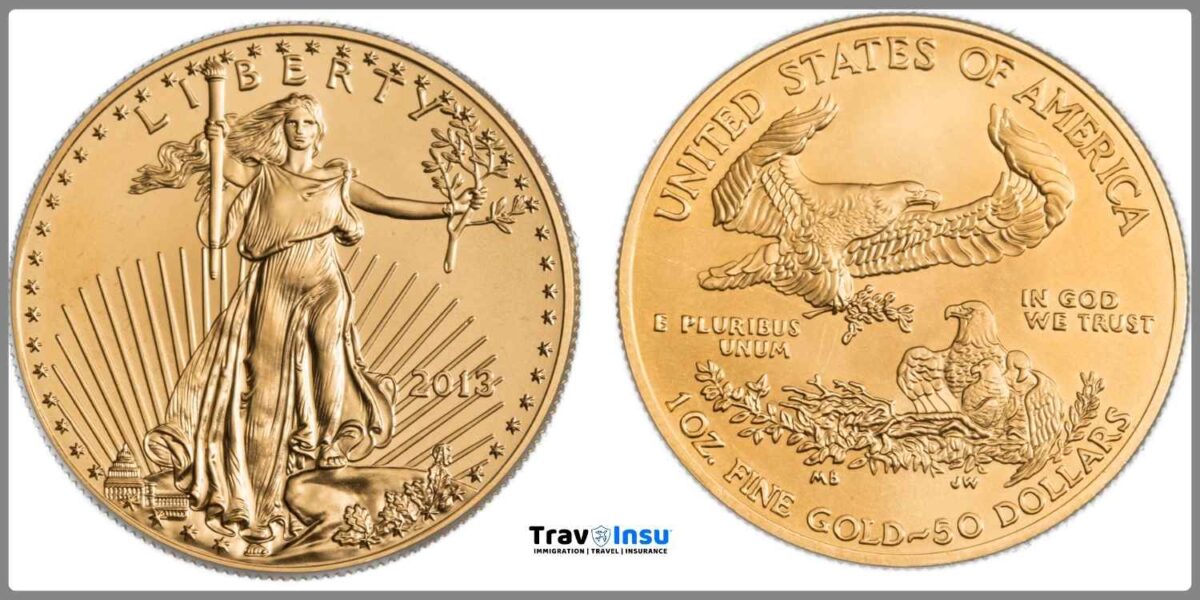
Beyond everyday circulation, the United States Mint produces American Eagle bullion coins in gold, silver, platinum, and palladium. These coins serve as valuable investment assets and collectors’ items, embodying the enduring allure of precious metals.
Collecting circulating coin collectibles can be a rewarding hobby that allows enthusiasts to explore the rich history and diversity of U.S. coinage. Whether searching through pocket change or acquiring coins through exchanges and purchases, collectors enjoy the thrill of discovery and the satisfaction of building a unique and valuable collection.
History Of U.S Coinage
The history of U.S. coinage is a fascinating journey that reflects the nation’s growth, innovation, and cultural evolution over the centuries. From the early colonial period to the present day, American coins have undergone numerous transformations in design, composition, and denomination. Let’s explore the key milestones in the history of U.S. coinage:
Colonial and Early Federal Period (1600s-1792): Before the establishment of the United States Mint in 1792, various colonial authorities and individual states issued their coins, often in limited quantities and diverse designs. These early coins were influenced by European coinage and typically featured colonial symbols, monarch’ portraits, or local mottos.
Coinage Act of 1792: The Coinage Act of 1792, passed by Congress and signed into law by President George Washington, established the United States Mint and authorized the production of federal coinage. The Act established the U.S. dollar as the official unit of currency and prescribed the denominations and specifications for various coins, including the silver dollar, half dollar, dime, and cent.
The mint coinage act of 1792 authorized the production of ten different coin denominations:
Gold Coins Included:
- The Eagle with a face value of $10
- The Half Eagle at $5
- The Quarter Eagle at $2.50
Silver Denominations Included:
- The 1 Dollars
- 0.50 ¢ Half Dollar
- 0.25 ¢ Quarter Dollar
- 0.10 ¢ Dime
- 0.05 ¢ Half Dime
Copper Coinage Included:
- The 0.01 ¢ Cent (Penny of today)
- The 0.005 ¢ Half Cent (Ended in 1857)
USA Coins Specifications:
The penny, dime, quarter, half dollar, and dollar are clad coins:
- Clad coins have an inner core of metal
- Surrounded by an outer layer of a different metal.
- The US Mint makes clad coins with an inner core of copper.
- The nickels are the only circulating coins that aren’t clad.
Here’s A Breakdown Of The Differences Between Them:
- Penny (1 cent): The penny is the smallest denomination coin in the United States. It is worth one cent, or 1/100th of a dollar. The penny features a portrait of Abraham Lincoln on the obverse (head side) and the Lincoln Memorial on the reverse (tail side). It is primarily made of copper-plated zinc.
- Nickel (5 cents): The nickel is worth five cents, or 1/20th of a dollar. It features a portrait of Thomas Jefferson on the obverse and Monticello, Jefferson’s Virginia estate, on the reverse. The nickel is primarily composed of 75% copper and 25% nickel.
- Dime (10 cents): The dime is worth ten cents, or 1/10th of a dollar. It features a portrait of Franklin D. Roosevelt on the obverse and an olive branch, torch, and oak branch on the reverse. The dime is primarily composed of 91.67% copper and 8.33% nickel.
- Quarter (25 cents): The quarter is worth twenty-five cents, or 1/4th of a dollar (quarter dollar). It features a profile of George Washington on the obverse and various designs on the reverse, including state quarters, national park quarters, and the America the Beautiful series. The quarter is primarily composed of 91.67% pure copper and 8.33% nickel.
NOTE: The main differences between the penny, nickel, dime, and quarter lie in their denominations, designs, and compositions.
Exploring the Richness of USA Coins: A Look into America’s Currency Heritage
Coins play a vital role in the daily lives of Americans, embodying a rich tapestry of history, artistry, and cultural significance. From the humble penny to the iconic quarter, each coin tells a story of the United States’ evolution and heritage. Let’s explore the captivating realm of current USA coins.
USA Coins History And Heritage
Early U.S. Mint Operations (1792-1836):
The first U.S. Mint facility was established in Philadelphia in 1792, with subsequent branch mints established in other cities such as New Orleans, Charlotte, and Dahlonega. Early U.S. coins were primarily made of copper, silver, and gold and featured designs inspired by classical motifs, national symbols, and American eagles.
Expansion of Coinage (1837-1900):
The 19th century saw significant expansion in U.S. coinage, with the introduction of new denominations such as the half dime, three-cent piece, nickel, and trade dollar. The era also witnessed the adoption of innovative coin designs, including the iconic Liberty Seated series and the introduction of the motto “In God We Trust” on coins.
Transition to Modern Coinage (1901-1964):
The early 20th century marked a period of transition in U.S. coinage, with the introduction of new designs and compositions. The Liberty Head series gave way to the Barber, Mercury, and Roosevelt designs for dimes, quarters, and half dollars, while the Lincoln cent became the first U.S. coin to feature a historical figure.
Silver and Gold Standard (1933-1971):
Throughout much of its history, U.S. currency was backed by precious metals, particularly gold and silver. The Gold Standard Act of 1900 and the Coinage Act of 1873 established gold and silver as the official standards for U.S. currency. However, the United States abandoned the gold standard during the Great Depression, and the Coinage Act of 1965 removed silver from most circulating coins.
Modern Coinage and Commemoratives (1971-Present):
In the modern era, U.S. coinage has continued to evolve with changing technologies, economic trends, and cultural influences. The U.S. Mint has introduced new coin designs, such as the Sacagawea dollar, Presidential dollar series, and America the Beautiful quarters. Additionally, the Mint issues commemorative coins to honor significant events, individuals, and anniversaries in American history.
Today, U.S. coinage serves not only as a medium of exchange but also as a tangible reflection of the nation’s history, values, and identity. As collectors and enthusiasts continue to appreciate the artistry and significance of American coins, the legacy of U.S. coinage remains an enduring symbol of national pride and heritage.
Frequently Asked Questions About USA Coins
What Are The Different Ways Of Totaling USA Coins To Make A Dollar?
Make A Dollar Using Only Coins Of One Type
Answer:
- Using only pennies: 100 Pennies = 1 Dollar
- Using only nickels: 20 Nickels = 1 Dollar
- Using Only dimes: 10 Dimes = 1 Dollar
- Using only Quarters: 4 Quarters = 1 Dollar
What Are Error Coins?
Error Coins: Error coins are coins that were minted incorrectly, resulting in variations from the standard design. Examples include coins with off-center strikes, double strikes, planchet errors, and die cracks. Error coins are highly sought after by collectors due to their uniqueness and rarity.
What Are Key Date Coins?
Key Date Coins: Key date coins are coins that were minted in limited quantities, making them relatively scarce compared to other coins in the series. These coins are often more valuable due to their low mintage numbers and high demand from collectors. Key dates vary depending on the coin series and denomination.
What Are Variety Coins?
Variety Coins: Variety coins are coins that have subtle differences in design or minting characteristics compared to the standard issue coins. These variations can include differences in mint marks, lettering, or design elements. Variety coins are popular among collectors who enjoy studying the nuances of coin production.
What Are Silver Coins?
Silver Coins: Silver coins are coins that contain a significant amount of silver in their composition. Before 1965, many U.S. coins, such as dimes, quarters, and half dollars, were made with 90% silver. These coins are valued not only for their silver content but also for their historical significance and collectability.
What Are Commemorative Coins?
Commemorative Coins: Commemorative coins are issued by the U.S. Mint to commemorate significant events, anniversaries, or individuals in American history. While some commemorative coins are produced specifically for collectors and sold at a premium, others are released into circulation and can be found in everyday change.
What Are Proof Coins?
Proof Coins: Proof coins are specially minted coins with a highly polished finish and frosted design elements. These coins are struck multiple times with specially polished dies to create a mirror-like surface. Proof coins are often collected for their aesthetic appeal and are typically sold in sets by the U.S. Mint.
What Are State Quarters Coins?
State Quarters: State quarters are a series of quarters issued by the U.S. Mint from 1999 to 2008, with each coin commemorating one of the 50 states. While most state quarters are common and can be found in circulation, some varieties, such as coins with errors or low mintages, are sought after by collectors.
Conclusion:
USA coins in use today not only serve as a medium of exchange but also embody the nation’s heritage, values, and aspirations. From the iconic symbols of liberty and democracy to the diverse portraits of American leaders, each coin reflects the rich tapestry of history and culture that defines the United States of America.
As we continue to use these coins in our daily transactions, let us also take a moment to appreciate the stories they tell and the legacy they represent.













